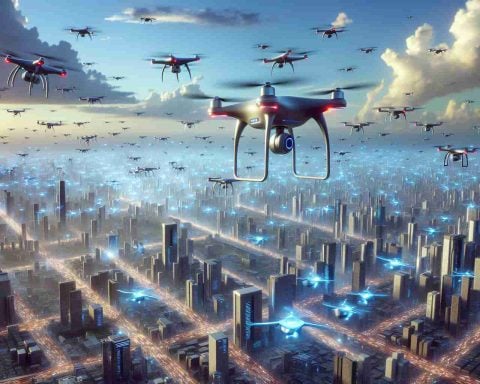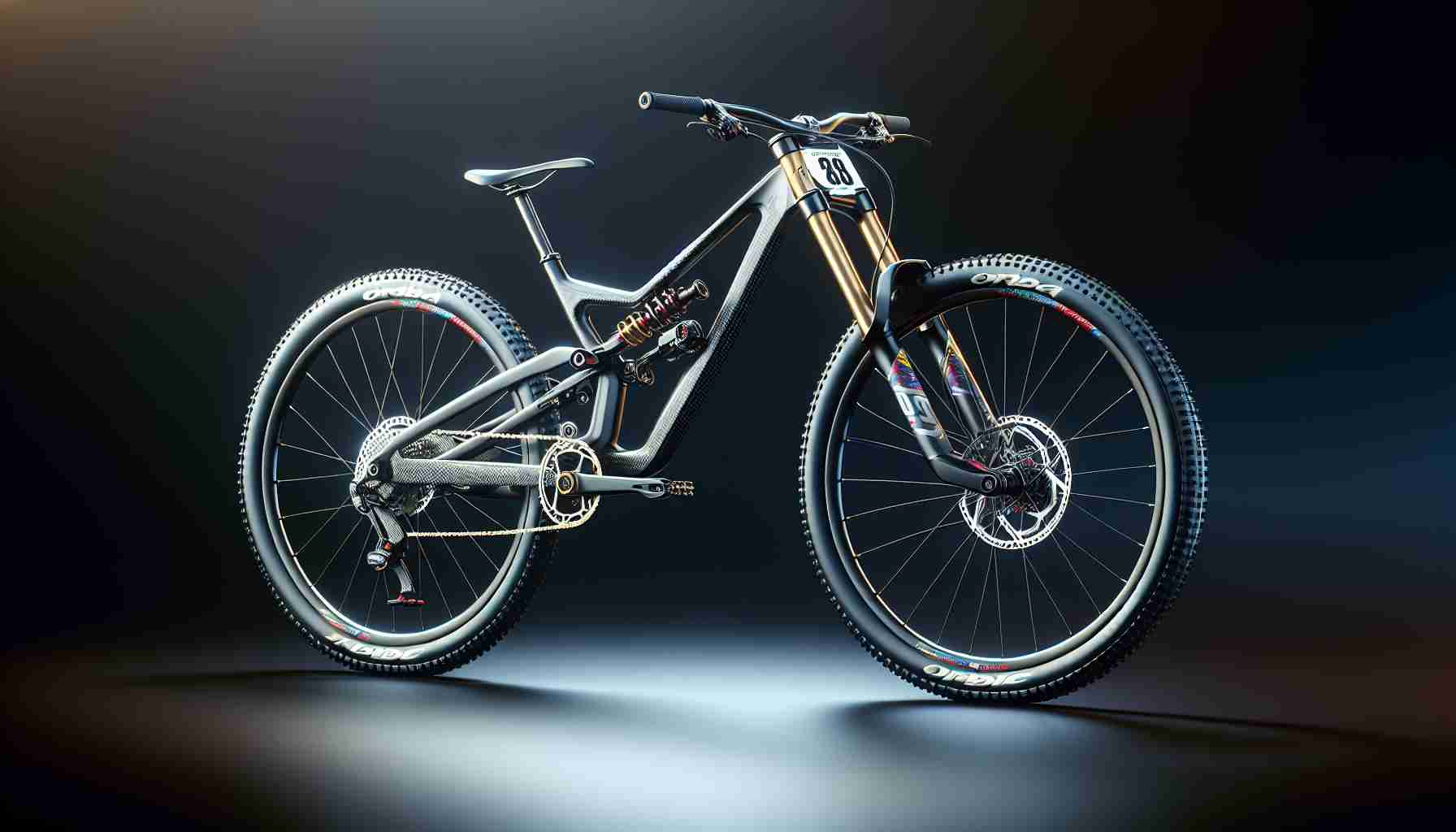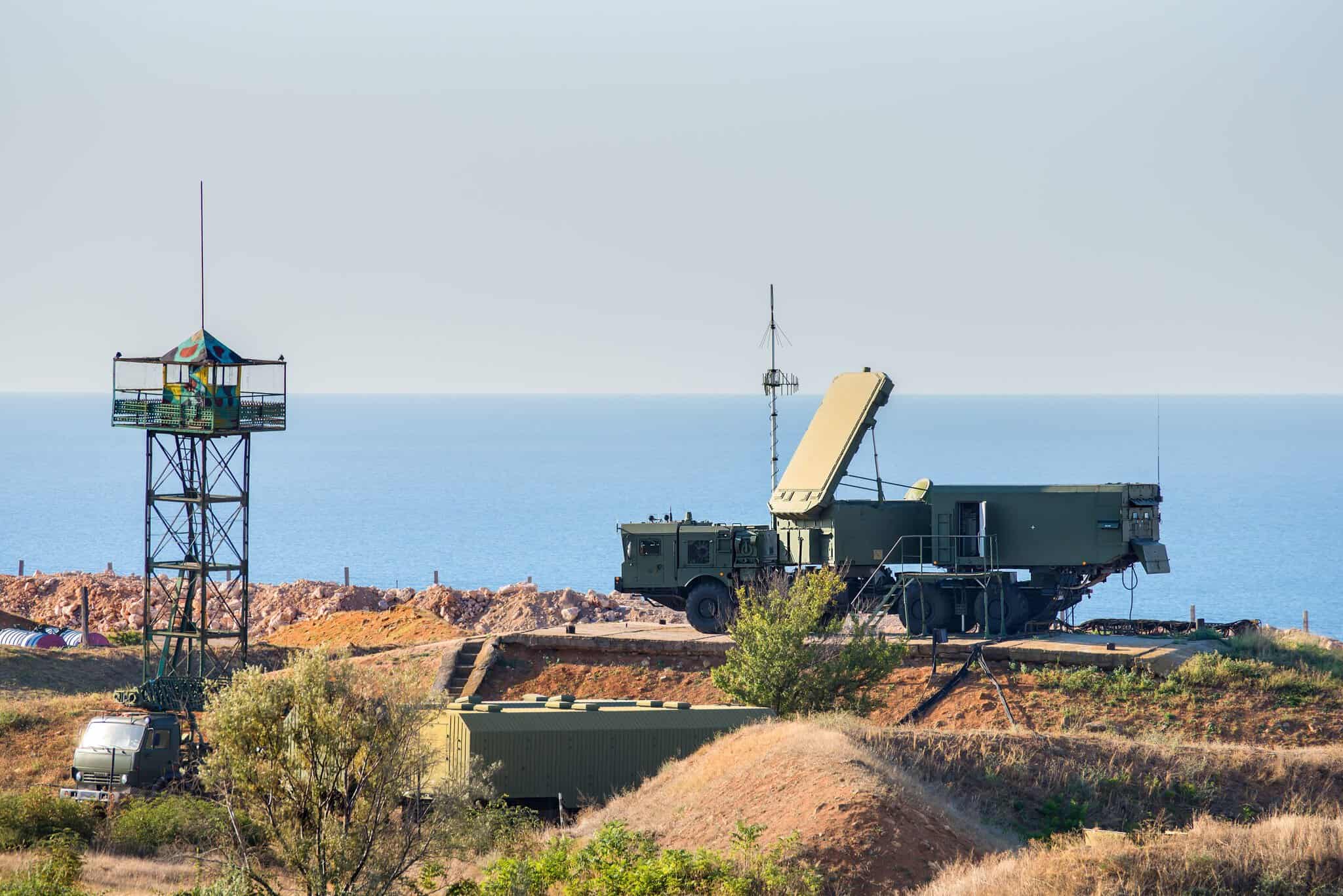Tehran Weighs New Options in Air Power Revamp
In a notable display at the Zhuhai Air Show, Iran’s Air Force seems to be reevaluating its fighter jet options as its chief, Brigadier General Hamid Vahedi, was seen scrutinizing China’s J-10C, a 4.5th-generation aircraft. This move has ignited discussions among military analysts that Tehran might be considering upgrading its aerial capabilities amidst regional tensions.
Vahedi’s examination of the J-10CE fighter jet allowed him to gauge firsthand the aircraft’s prowess. Furthermore, a meeting with General Chang Dingqiu, his Chinese counterpart, hinted at possible future collaborations between the two countries’ air forces. While official announcements regarding procurement haven’t been made, the visit itself raises questions about Iran’s intentions.
J-10C: A Strategic Consideration
Iranian media outlet ‘Iran Observer’ highlighted the cost-effectiveness of acquiring the J-10C, noting that its price makes it a strategic option against the American F-16s. Notably, China has not confirmed any sales talks, but the interest indicates a shift in Iran’s defense strategy amidst elusive Russian Su-35 deliveries.
Regional Dynamics and Future Plans
As Iran continues to face airpower challenges, the J-10C emerges as a viable contender. Although plans for trade-offs involving Iranian natural resources were previously speculated in 2021, looming U.S. sanctions seem to have tempered Beijing’s response. Meanwhile, as Egypt eyes upgrading its F-16 fleet with the J-10C, Iran’s arms race may enter a new era. Savvy observers are keenly watching how these developments might reshape regional military balances.
Unveiling Tehran’s Air Power Ambitions: A Technological Leap or Regional Tension?
In an era marked by rapid technological advancement and shifting geopolitical landscapes, Iran’s exploration of new fighter jet options extends beyond mere military strategy. As Tehran considers upgrading its aerial capabilities, intriguing questions emerge regarding the future of technology and regional power dynamics.
The Strategic Implications of New Fighter Jet Acquisitions
Iran’s interest in the J-10C fighter jet is not just a defense maneuver—it signals a potential technological leap for the nation. The J-10C, with its 4.5th-generation avionics and advanced electronic warfare systems, could bolster Iran’s air force, providing a modern alternative to the American F-16s. This acquisition could elevate Iran’s regional standing, potentially reshaping the Middle East’s military equilibrium.
But with this interest comes controversy. Critics wonder if aligning with China could further geopolitical tensions, particularly with the United States and its allies closely watching Iran’s military transactions. Could this alignment lead to an arms race, sparking conflict rather than promoting stability?
Technological Opportunities and Challenges
Acquiring state-of-the-art military technology presents significant opportunities for domestic technological advancement. Iran could leverage such advancements to boost its aerospace industry, offering spin-offs in civilian aviation and related technology sectors. Moreover, collaboration with China’s aerospace sector might offer Iran access to cutting-edge research and development techniques.
However, there are notable challenges. Integrating foreign technology into Iran’s existing military infrastructure requires extensive adaptation and training. Navigating international sanctions and potential diplomatic backlash also poses significant obstacles.
Are Sanctions Affecting Military Procurement Strategies?
U.S sanctions have undoubtedly influenced Iran’s procurement approach, driving it to seek alternatives like the J-10C. But could these sanctions inadvertently accelerate Iran’s technological growth by fostering indigenous R&D initiatives? Given the potential challenges of international trade limitations, Iran might turn to homegrown innovations to achieve self-reliance in defense capabilities.
The Future of Military Technology in Iranian Hands
How might Iran’s potential adoption of the J-10C influence future military technology trends? Such a step could spur regional powers to make similar upgrades, potentially accelerating military advancements across the Middle East. However, given the complexities of such an acquisition, are these advancements more likely to drive peaceful tech development or exacerbate tensions?
Links for Further Exploration
For more insights into technological and geopolitical trends, visit:
– Reuters
– Al Jazeera
– Defense News
By examining the interplay between technological acquisitions and geopolitical strategies, Tehran’s considerations serve as a fascinating case study in how defense priorities can shape the future of economic and technological progress in the region.
















